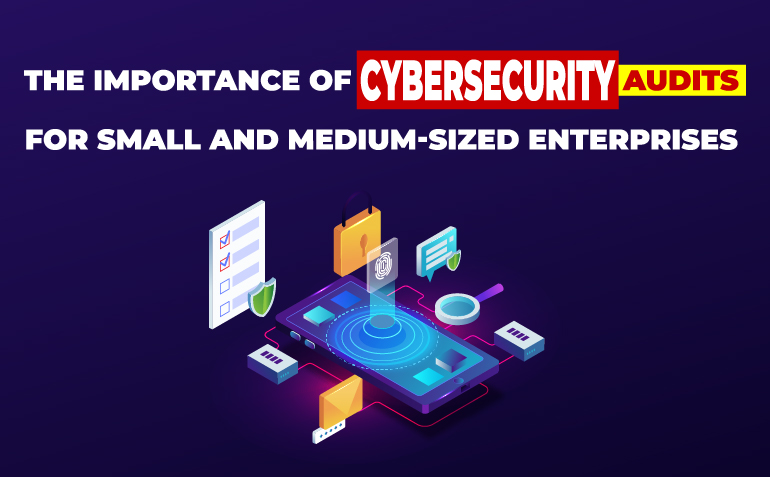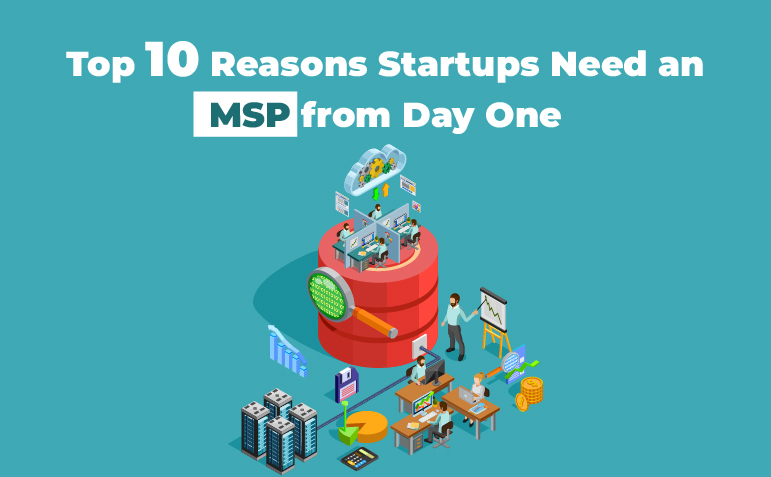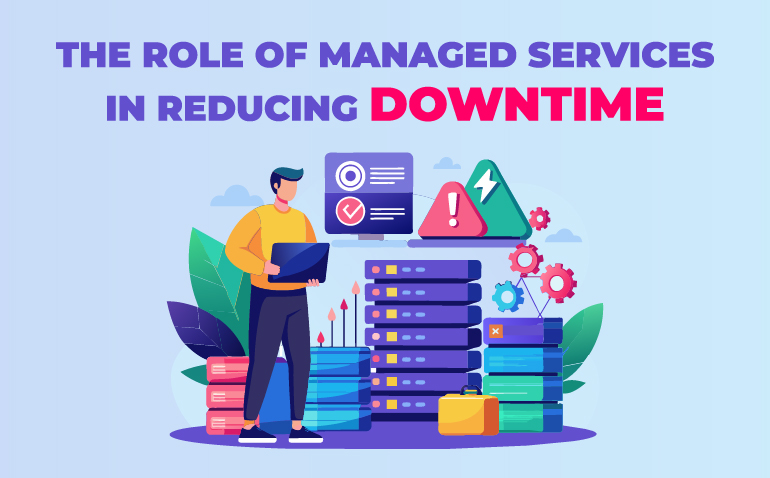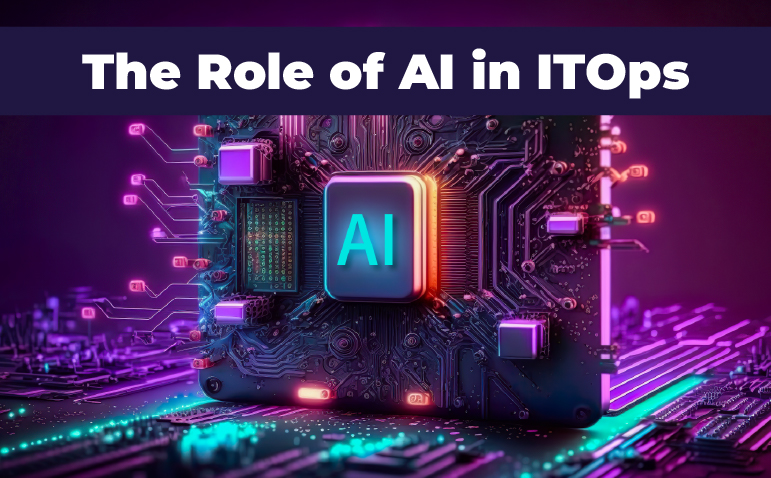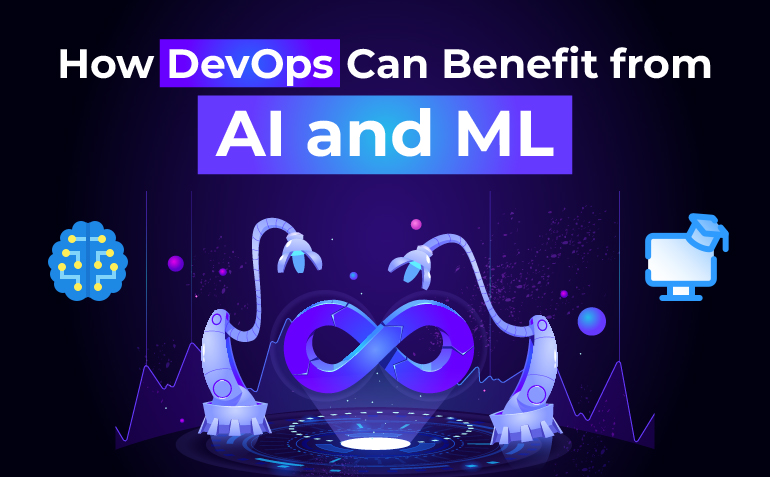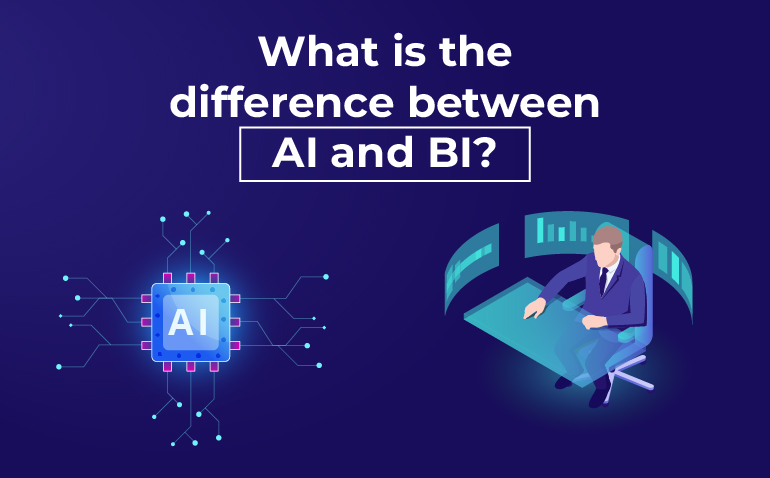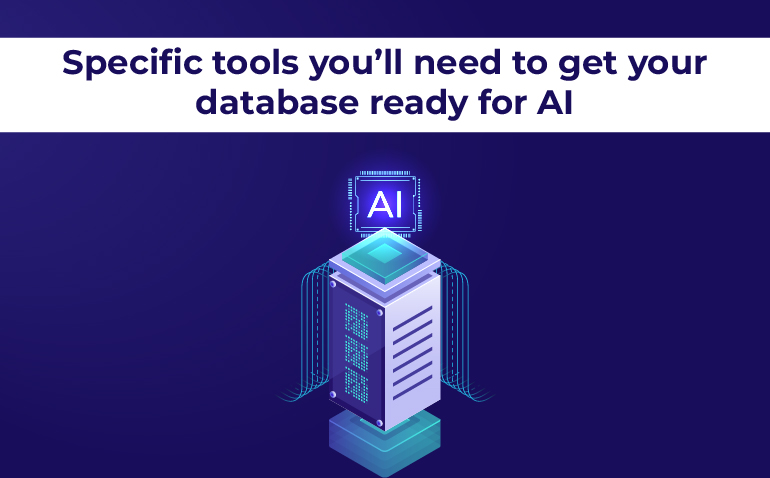In today’s digital landscape, cybersecurity is essential for businesses of all sizes. Small and medium-sized enterprises (SMEs), however, are particularly vulnerable to cyber threats due to limited resources and expertise. Regular cybersecurity audits are crucial for identifying potential weaknesses, ensuring regulatory compliance, and safeguarding sensitive information. This article explores why cybersecurity audits are vital for SMEs and offers insights into their advantages, processes, and best practices.
Why SMEs are Prime Targets for Cyber Attacks
SMEs often lack the advanced security frameworks of larger organizations, making them attractive to cybercriminals. With restricted budgets, limited IT resources, and lower levels of cybersecurity awareness, SMEs are more susceptible to attacks, which can lead to severe financial losses, reputational damage, and legal repercussions.
What is a Cybersecurity Audit?
A cybersecurity audit thoroughly reviews a company’s information systems, security policies, and procedures to identify vulnerabilities and confirm compliance with relevant regulations. From network security to employee practices, this audit provides a comprehensive understanding of an organization’s security stance.
Benefits of Regular Cybersecurity Audits
- Enhanced Security: Regular audits help SMEs stay proactive, addressing vulnerabilities and strengthening overall security.
- Regulatory Compliance: Audits ensure SMEs meet industry standards such as GDPR, HIPAA, and PCI DSS, reducing the risk of legal issues.
- Risk Mitigation: Audits offer actionable insights for risk management, aiding SMEs in prioritizing their security investments.
- Customer Trust: Routine audits show customers that a business values data protection, fostering trust and loyalty
Steps to Conduct a Cybersecurity Audit
- Define the Scope– Clearly define the scope of the audit, including the systems, processes, and data to be reviewed. This ensures that the audit is comprehensive and focused on critical areas.
- Gather Information– Collect relevant data on the organization’s cybersecurity policies, procedures, and systems. This includes network diagrams, security policies, and incident response plans.
- Assess Vulnerabilities– Use vulnerability scanning tools and techniques to identify weaknesses in the organization’s systems. This step involves both automated scans and manual assessments.
- Evaluate Compliance– Review the organization’s compliance with relevant regulations and industry standards. This includes checking for adherence to GDPR, HIPAA, PCI DSS, and other applicable regulations.
- Report Findings– Compile a detailed report of the audit findings, highlighting vulnerabilities, compliance gaps, and areas for improvement. This report should include actionable recommendations for enhancing cybersecurity.
- Implement Recommendations– Work with IT and security teams to implement the recommended improvements. This may involve updating security policies, deploying new technologies, or enhancing employee training programs.
Common Challenges in Cybersecurity Audits
Resource Constraints
SMEs often face budget constraints, making it hard to conduct detailed audits. Focusing on critical areas and considering third-party expertise can be effective.
Evolving Threat Landscape
With evolving cyber threats, staying informed and adapting audit processes is crucial.
Complexity of Regulations
Navigating regulatory requirements can be daunting, but partnering with experts helps ensure compliance.
Best Practices for Effective Cybersecurity Audits
- Regular Audits– Conducting regular audits, at least annually, helps ensure that security measures remain effective and up-to-date with the latest threats for better data breach prevention.
- Comprehensive Scope– Ensure that the audit scope covers all critical areas of the organization’s information systems, including network security, small business data protection, and access controls.
- Skilled Auditors– Engage skilled and experienced auditors who have a deep understanding of cybersecurity principles and practices. This ensures a thorough and accurate assessment.
- Continuous Improvement– Treat cybersecurity audits as part of a continuous improvement process. Use audit findings to drive ongoing enhancements in security policies, procedures, and technologies.
How to Choose the Right Cybersecurity Audit Provider
- Routine Audits: Conduct annual audits to keep security measures relevant and effective.
- Comprehensive Coverage: Include all critical areas, such as network security and data protection.
- Engage Skilled Auditors: Work with experienced professionals for a thorough assessment.
- Continuous Improvement: Treat audits as part of an ongoing security enhancement process.
How to Prepare for a Cybersecurity Audit
- Review Security Policies: Ensure cybersecurity policies are current and well-defined.
- Conduct Internal Assessments: Identify potential vulnerabilities in advance.
- Educate Employees: Reinforce cybersecurity best practices through regular training.
- Gather Documentation: Collect essential documents like network diagrams and response plans.
Cybersecurity Audits and Compliance
- GDPR: For SMEs in Europe, GDPR compliance is vital to protect customer data.
- HIPAA: For healthcare SMEs, audits help secure protected health information (PHI) and ensure HIPAA compliance.
- PCI DSS: SMEs handling payment data must secure their systems per PCI DSS guidelines.
Cybersecurity Audit Checklist for Small Businesses
Regular cybersecurity audits are critical for protecting sensitive data and preventing breaches. Review current policies, assess employee awareness, verify network security, update devices, and back up data. Testing incident response plans further reinforces the business’s cybersecurity strategy and readiness against potential attacks. By following these practices, SMEs can proactively manage risks, improve data protection, and strengthen their overall security posture.
How Protected Harbor Stands Out from the Competition
Comprehensive Security Solutions
Protected Harbor offers a comprehensive suite of cybersecurity solutions tailored to the specific needs of small and medium-sized enterprises with a special focus on cybersecurity for small business. Unlike generic providers, they focus on understanding the unique challenges faced by each business and provide customized security measures that effectively address these issues.
Experienced Team of Experts
Protected Harbor boasts a team of seasoned cybersecurity professionals with extensive experience in protecting SMEs across various industries. Their expertise ensures that every audit and security measure is conducted with the highest level of proficiency, offering clients peace of mind and confidence in their security posture.
Proactive Approach to Threat Detection
One of the standout features of Protected Harbor is their proactive approach to threat detection. They utilize advanced tools and technologies, including AI and machine learning, to continuously monitor and identify potential threats before they can cause harm. This forward-thinking strategy helps businesses stay ahead of cyber threats and reduces the risk of data breaches.
Emphasis on Compliance
Compliance with industry regulations is a critical aspect of cybersecurity for SMEs. Protected Harbor places a strong emphasis on ensuring that their clients meet all relevant regulatory requirements, including GDPR, HIPAA, and PCI DSS. Their thorough audits and compliance checks help businesses avoid legal penalties and maintain a strong reputation.
Ongoing Support and Training
Protected Harbor goes beyond one-time audits by offering ongoing support and training for their clients. They provide continuous monitoring, regular updates, and employee training programs to ensure that businesses remain vigilant and well-protected against evolving cyber threats. This commitment to ongoing support sets them apart from providers who offer only periodic services.
Tailored Incident Response Plans
In the event of a cyber incident, having a robust incident response plan is crucial. Protected Harbor develops tailored incident response plans for each client, ensuring that they are prepared to respond swiftly and effectively to any security breach and common cyber threats for SMEs. Their customized approach minimizes downtime and helps businesses recover quickly from cyber incidents.
Focus on Building Trust
Building trust with clients is a core principle of Protected Harbor. They prioritize transparent communication and work closely with businesses to develop security strategies that align with their goals and values. By fostering strong relationships and delivering exceptional service, Protected Harbor has become a trusted partner for many SMEs.
Conclusion
Protected Harbor stands out in the cybersecurity industry by offering tailored, comprehensive solutions, a proactive approach to threat detection, and a strong focus on compliance and ongoing support. Our experienced team, commitment to continuous improvement, and dedication to building trust make us an ideal partner for small and medium-sized enterprises looking to enhance their cybersecurity posture. Get a free audit today with Protected Harbor and experience the difference that expert, personalized security can make for your business.

